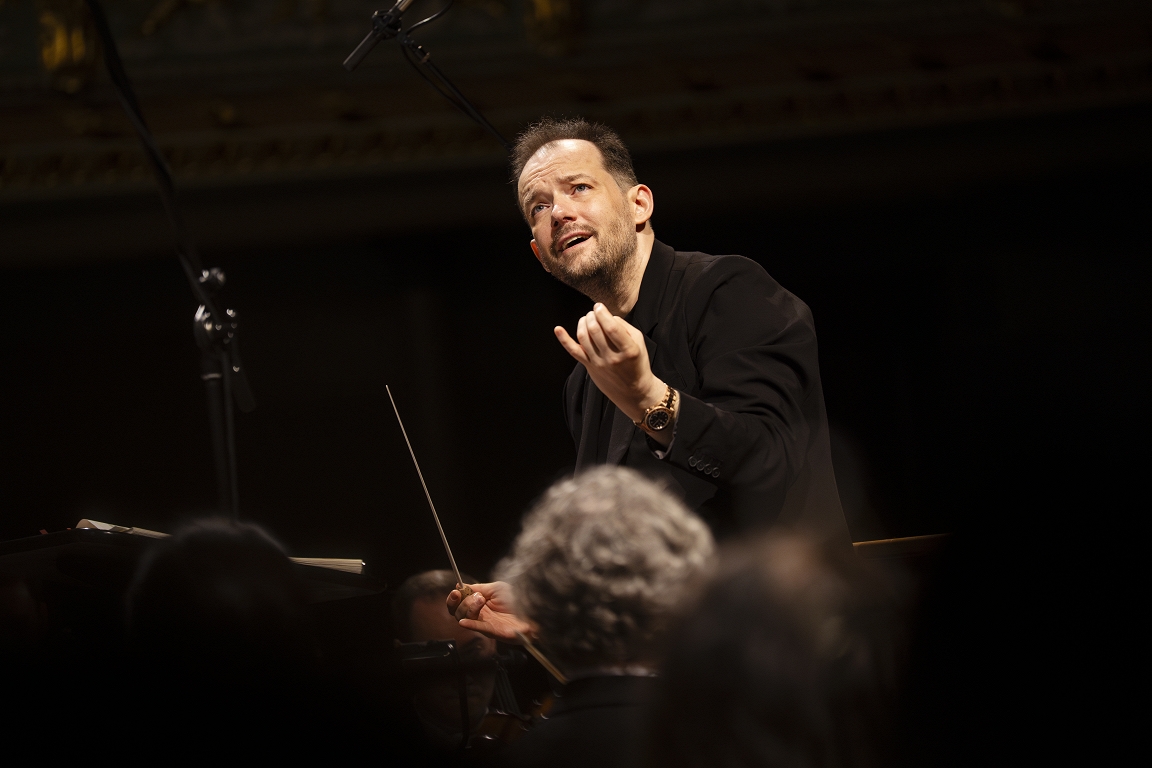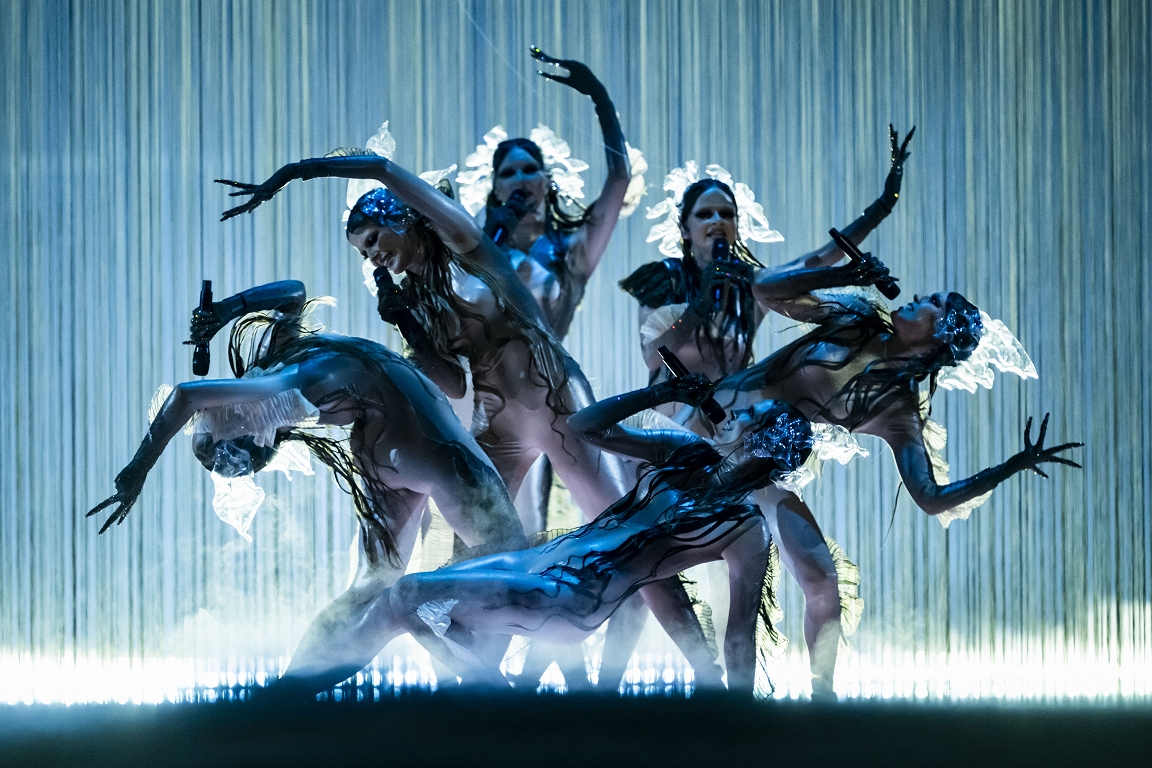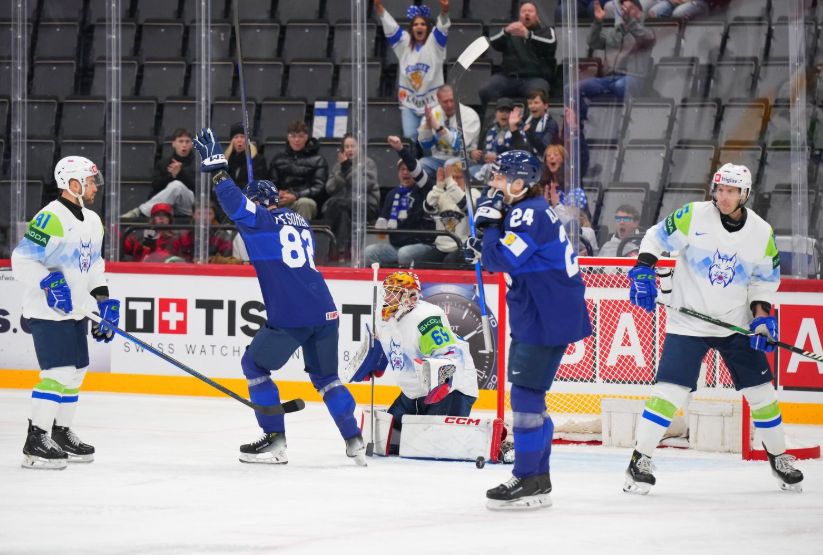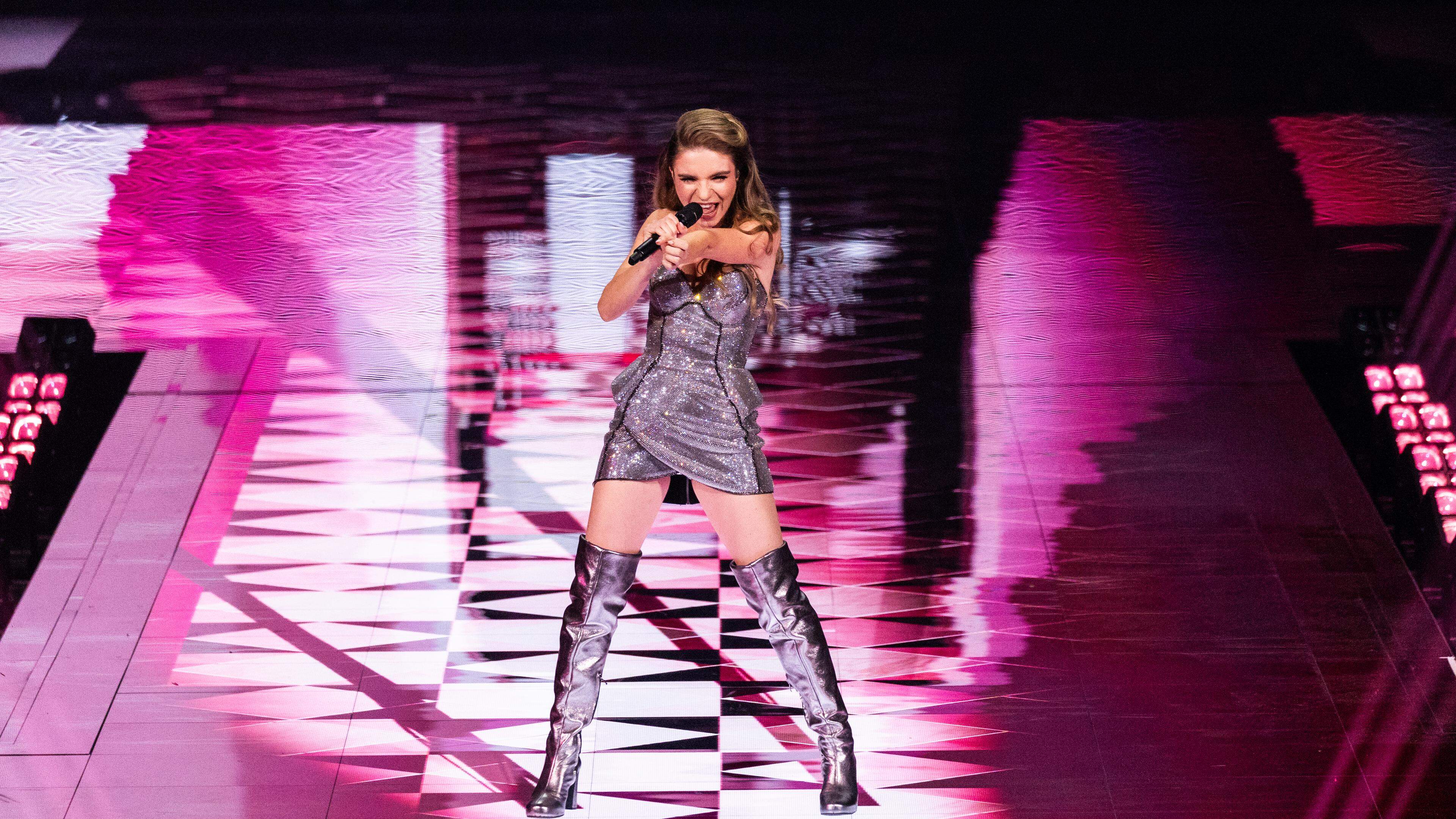The miracle has happened. Conductor Andris Nelson -led Boston Symphony Orchestra Guest Concert Review / Day

Unlike many national level megaplans, which were still similar to Dull Dauka’s efforts to reach the horizon, the ambitious project of the Andre Jagar Culture Development Fund – the world -famous Latvian conductor Andris Nelson and the guest concert of the Boston Symphony Orchestra in Latvia. Although the Riga Philharmonic is still being designed for almost forty years of controversy and infinite political decisions, we were expecting the Boston Symphony Orchestra in Riga. It is a miracle that has happened, however, allowing him to feel what inspirational excellence means. For several years, the cherished, unimaginably dear, logistics -sophisticated and therefore a mad project has succeeded in the small team of Andrei Žagar Foundation, and this is the case – if there is a valuable idea, there will be money.
Over time, we have had the opportunity to hear Andris Nelson in Riga with all three orchestras he led, both with the Birmingham Symphony Orchestra and with Leipzig Gewandhaus Orchestra and now the Boston Symphony Orchestra, as well as the Bayreit Festival Orchestra.
Time runs fast. Andris Nelson has been the artistic director of the Boston Symphony Orchestra for the tenth season, and all this time has a special focus on Dmitry Shostakovich’s symphonic creative heritage. Deutsche Grammophon has recorded them, and the ambitious decade projects are crowned in March this year, nineteen CDs, in which all fifteen shostakovich symphonies, instrumental concerts and operations capture all fifteen works and operations, which are captured by Andris Nelson, Boston Symphony Orchestra and famous soloists. Mcensk County Lady Macbet. The European tour of the Boston Symphony Orchestra, which included Riga alongside Vienna and Praga, is dedicated to the 50th anniversary of the death of Dmitry Shostakovich.
The Boston Symphony Orchestra gave two concerts at the Latvian National Opera. The May 11 concert program featured the sixth and eighth symphony, with the first violin concert on May 12, the soloist of which was Baiba Skride, the outstanding Latvian violinist, and the fifteenth symphony. Although the tickets were expensive, they were redeemed in ten minutes. These concerts were neither broadcast nor recorded, but the first of them was available to everyone for free – they could be watched on the big screen at the opera.
The ideas of humanism
Inner scream and injured soul behind grotesque games and smiles masks with a threatening breath of the reality of the reality of life. This has to start with Dmitry Shostakovich’s creative handwriting. This follows from the fate of the composer, which has been formed by both the undeserved and even banning of his work, as well as the insistent dictated intonations and genres (marshalls, trumpet battle signals!, After all, the Socialist realism of the so -called socialist realism) and the personality of the soul of an intimate injured artist: pain, hope, dreams, longing. The era of the era in Shostakovich’s music is unthinkable without subtitles. As the composer himself said, « Whoever wants to hear – will hear! » These words accurately describe the relationship between the creative spirit with the Soviet power and censorship: just as « theirs understand » in the song of Imants Kalniņš.
Andris Nelson is one of those who can read the secrets of Shostakovich’s music. He felt it because he was born and raised in the USSR, enjoying his stinging atmosphere on his skin, and has heard a lot in the family about the fates of previous generations. « Shostakovich is a composer through whom I can express my soul. I want to say a lot with his music, » the conductor admitted before the concerts in Latvia meeting with the press. « Shostakovich had to live, compete and try to develop in the terrible years of Stalin, but he was often close to prison, deportation or killing. My main purpose, playing Shostakovich’s music, is to show that it is ingenious regardless of time and political situation he lived. What values are important and that we are fighting for them and the ideas of humanism, « Andris Nelson said at a news conference, stressing that it is time to defend the ideas of humanism again.
Pain and hope
Shostakovich’s symphonic opuses do not sound often in our concert practice, and nowhere in monographic, anthological programs. For an unprepared listener, such Shostakovich’s music concentrate is a challenging test, as even sworn music lovers are created at concerts with mixed programs of different ages. In addition, multi -layered Shostakovich’s music cannot simply enjoy it, relaxing on a free evening. Here, too, the listeners have to work on themselves and focus very, very much. You have to work with the unusual additives that the audience usually awaits and perceives as a special prize and entertainment. The exception was the only wonderful, sophisticated and poetic part of the Baiba Skride, the third partit of the German Baroque composer and violinist Johann Paul von Westhof (1656-1705), shouting in the virtuoso texture and highlighting the melodic line. By the way, this is one of the first known opuses in the history of music, written for violin solo.
On both evenings, the audience of Andris Nelson and the Boston Symphony Orchestra spoke to the audience bright and thrillingly by both sophistication and fragility and huge power. Power and also dreamy, warm tenderness. Dramatism. Sarcasm. Humor. Playfulness. Lyricism. Next to the brutal reality of life and played « mandatory » marches and trumpet fanfars – an ethereal spiritual flight, actually prayer that was so particularly felt in the final of the Eighth Symphony and the Fifteenth Symphony Final Code, and the Violin Concert, including its Dreaming. Longing. And meaningless, unstoppable, motor racing, which, for example, ends the sixth symphony in the third part of the Symphony, running directly into the wall. Grotesque, energetic, but cold dances (galops, waltz) were expressive with death. The same thing, just otherwise – in a philosophical point of view – speaks the symphony of the fairy and mourning marches. Dramatically existential, gray landscape. Deep personal pain, but also hope, looking at the sky and looking for comfort in prayer, which at that time was only in secret, only in absolute symphonic music.
Everything about this Shostakovich revelation widespread emotional amplitude is about both Andris Nelson, who was extremely inspiring the orchestra through Shostakovich’s complex scores, the Boston Symphony Orchestra and the soloist of the first violin concert Baiba Skridi. They were all united in reading this music. Most importantly, everything was true and human, as highlighted from the depths of the musicians themselves and their personal experience. This was even more reinforced by Andris Nelson’s approach to symphonic scores and orchestra as chamber music, which has a significant movement and nuance. He is able to achieve this chamber music with unhealthy, finger movements with accurate gestures, whose orchestra musicians respond to extremely sensitive and full dedication. Basically, the highest professional skill and the culture of the game. We will come back to it because it is truly amazing.
Game culture
Listening to the Boston Symphony Orchestra is a special pleasure. It fascinates with an unusually homogeneous, harmonious copy, in which the wind instruments are inextricably converge with string tools. This is where the unique glamor of the Boston Orchestra is. But that’s just the beginning. When we talk about the culture of the orchestra, we understand everything – from the accuracy of the individual instrument and instrument group game, the nuances of the nuances of articulation to the entire ensemble cultivation, the mastery and expression of the match.
The concert was worth attending, even just because of the wonderful English horn solo, especially in the eighth symphony. Likewise, amazingly cohesive and cultivated because of the musical trumpet group ensemble, which surprised, showing that the trumpets are also able to play at the very line of silence, unusually gentle and lightly. The trumpeters were also able to conjure up the illusion of a spatial perspective that the conductors are otherwise trying to create by placing individual musicians behind the scenes or other places. It turns out, trumpets, thrombones, and even a tub can fit into the aesthetics of chamber music, but can also shine brightly Rosini Wilhelm Tella or Soviet -style fanfare, or as a deep -pose hollow hollow The gods of the gods the fate -wing.
The absolute model of perfection and the perfect ensemble was a group of horns, as well as the performance of clarinets, oboe and fagot. In no words, the flutist’s skill is far from describing, especially the dazzling, unlocked virtuosity of the Piccolo flutist. And as the sound of the bass club and the contradyard highlighted the revelation of the revelation of the revelation!
It was a great fortune to listen to the expressive and cohesive string group with the first violin Neitan Kola for the unforgettable solo (both evenings) and the Cello concertmaster’s spite of Kezarden Solo (Symphony 15). In this symphony, the violins clearly show that one of the beautiful tunes introduced there has grown from compact Tristan and isoles Starting motif. One could continue to be excited about percussion, harp, cellet – forgive me if I have forgotten someone. Just like all listeners in the crowded opera hall, I sat as electrified in contact with a real miracle of art. There were happy everyone who experienced it.






